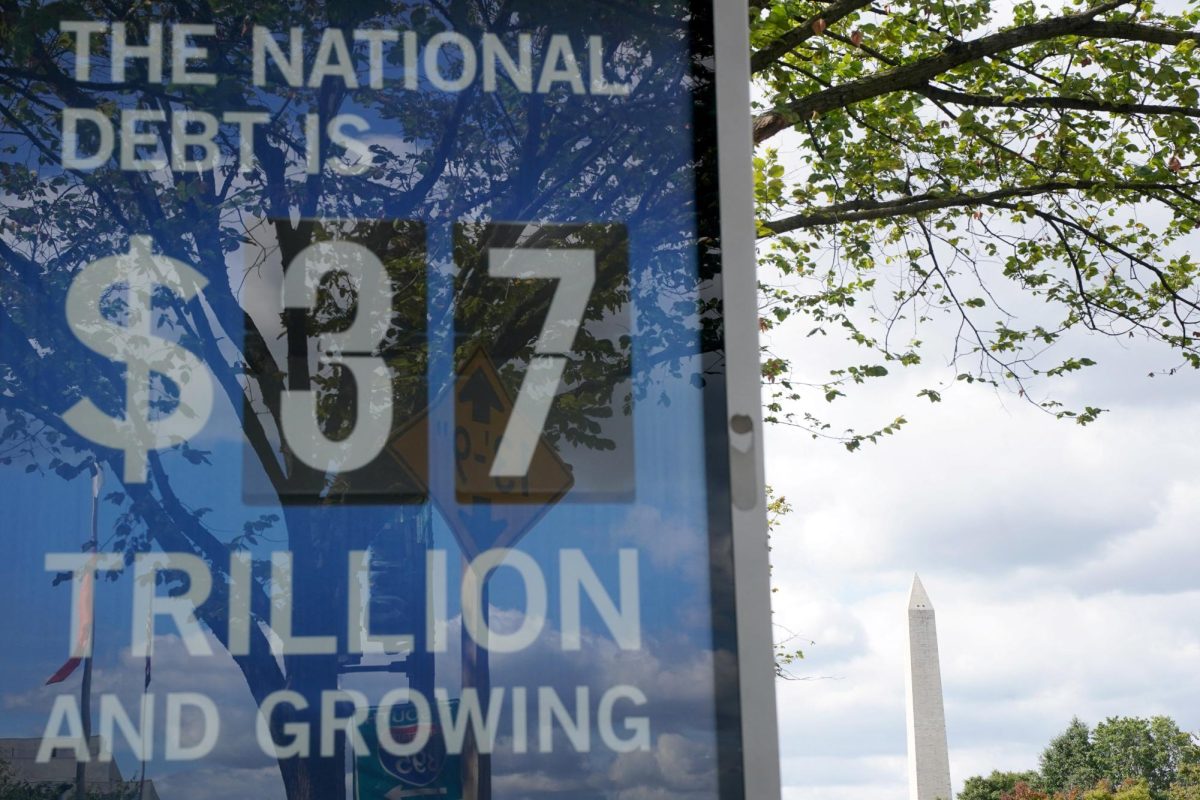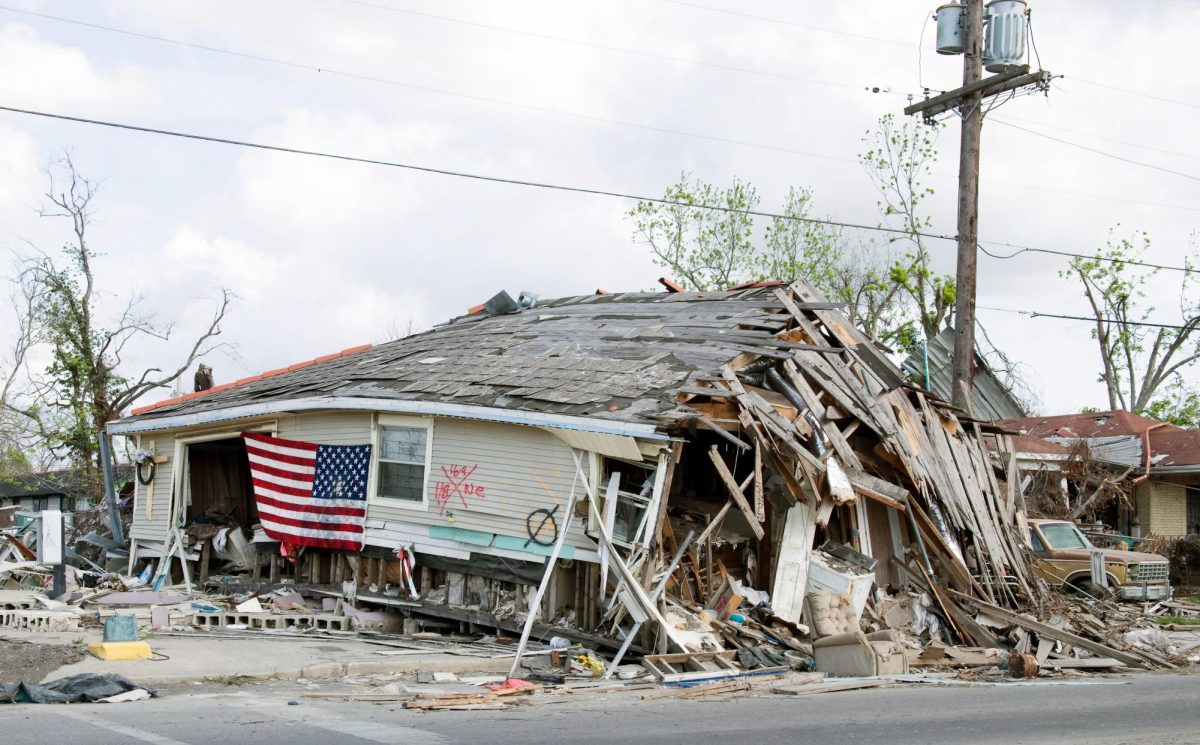Every ‘hurricane season’ the Southeast and all of its states are left almost entirely defenseless against storms that destroy their infrastructure and take lives. It’s so common it seems like almost the entire year is a part of hurricane season– but it didn’t used to be that way.
The recent and tragic Hurricane Helene swept the Southeast in this same way, and with another storm, Hurricane Milton, brewing on the horizon it’s evident that ‘storm season’ has fundamentally worsened compared to only ten years ago.
This year’s season has had a total of 9 major hurricanes in the South. Although not dissimilar to the average 6-9 hurricanes per season during the 1990s and 2000s, these modern hurricanes are drastically stronger and more dangerous, with all five of the most destructive recorded hurricanes in the US occurring in the mid to late 2000s and 2010s.
Katrina, the #1 most destructive recorded hurricane, is still famous for its record 175 mph winds and storm surge that practically drowned the unlucky city of New Orleans. Upon further inspection, these high statistics can be explained by an environmental feature many would prefer to write off: climate change.
The high temperatures, humidity, and higher sea levels are verifiably to blame for many of these shifts in weather patterns. When the ocean waters become warmer, as a result of heightening atmospheric temperatures, there is more evaporation, causing more water to collect in the atmosphere and create stronger hurricanes. Additionally, higher sea levels as a result of melting ice caps cause more intense storm surges that stretch further inland.
“The intensity goes up and they are actually now observing that these hurricanes stay longer, it means more destruction, more people are affected,” says CCHS AP Environmental Science Teacher Mrs. DasGupta.
All of these factors contribute to the devastating effects of these storms, and for the most recent hurricanes, referred to as “the deadliest mainland storms since Katrina”, the same follows.
Helene made landfall a couple weeks ago on Thursday, September 26 and began its path through Florida, Georgia, and then the Carolinas. In response, most of the residents of said states evacuated if they could or hunkered down in their homes without realizing the very real possibility those homes would be completely washed away.
Surges made roads entirely unusable and towns like Asheville, who have gained notoriety recently, completely lost power. Entire neighborhoods in this region disappeared, in part due to the topography of the southern Appalachians. Large winding mountain ranges like the Blue Ridge mountain range make towns like Asheville act like basins where water is directed to and pools in.
Rescue teams continually arriving to the areas as best as they could described the energy of the towns as desolate. “You’re driving past cities and you can smell the dead bodies,” said Jazmine Rodgers, a consultant for nonprofits volunteering in the regions. “I remember during Hurricane Katrina how people would talk about the smells, you know, the smell of decay, and the smell of the loss of life. That will probably stick with me the rest of my life.”
It was evident that Helene’s 500 mile path of destruction was nothing like what has ever been seen before.
To make matters worse, soon after the South braved Helene news was breaking that an even larger storm, Milton, was steadily approaching the state of Florida and was due to hit the Tampa Region in under a week. Back to back hurricanes like these, although not unheard of, are unique.
Florida Governor Ron DeSantis called Milton a “monster” and issued evacuation orders that sent 90% of the states population packing– if they weren’t already away from home due to Helene.
Again, when Milton made landfall thousands were without power and thousands will be without homes for months. Many who live in the South are also not as financially lucky as some would assume. In areas hit the hardest in Appalachia many live in trailer homes and not permanent structures, which are a far cry from the safe stilted homes portrayed by the media throughout the region.
It’s obvious why this is occurring more often, and it’s obvious that its impacts are destroying thousands of lives. So why is none of this being highlighted in the way it should? It is for the same reason that plastic waste and smog aren’t– although they are potentially issues that could be eased.
What all of this boils down to though is that as the future generation of lawmakers, rescue groups, and voters we need to understand how big an impact environmental shifts have on not only the environment but also our industrialized environments.
“You cannot just deny it at this point that it’s not happening, and we are at fault, honestly,” says AP Environmental Science teacher Mrs. DasGupta. “ It is really, really something which is staring at our face, and we have to do something about […] and try to get that message out, try to educate people, make them aware of the choices we are making.”























































Summer Grant • Oct 28, 2024 at 12:02 PM
Lucy, you were able to not only recap the hurricanes, but focused on the scientific significance, the impact on people, and the urgency of the issue. With all of these elements tied together so well, I felt called to action by this article. Thank you for writing this — it’s a really important topic, and you portrayed it well.